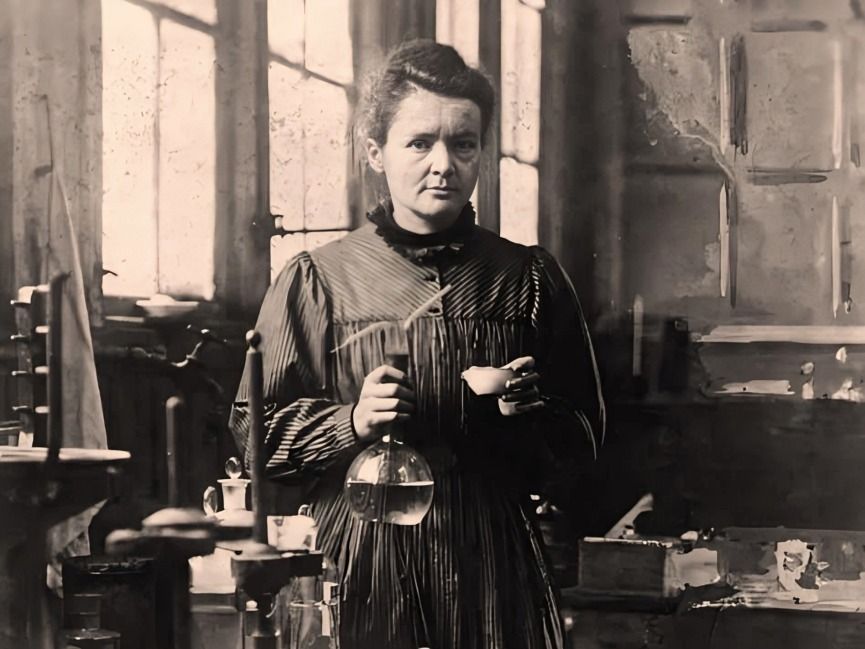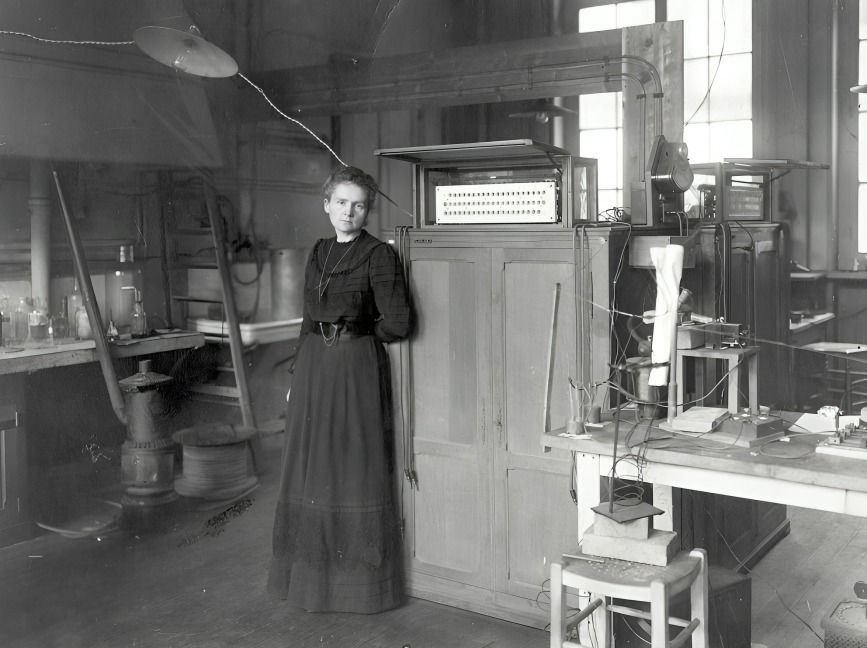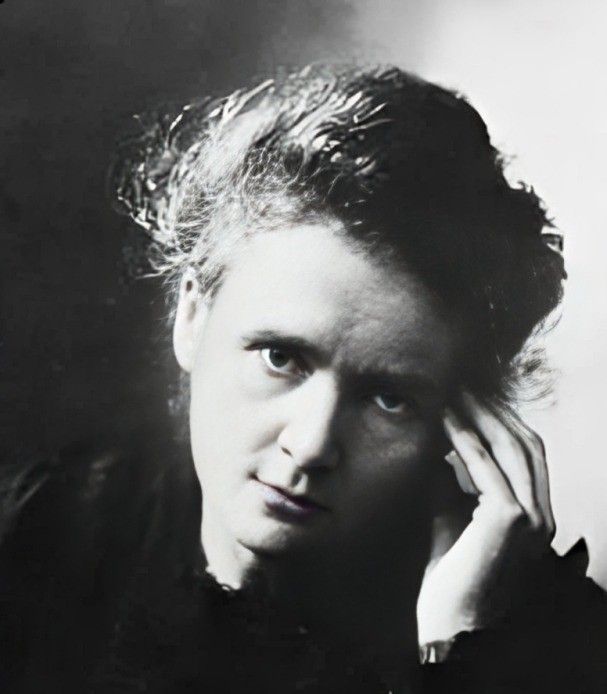
“
Marie Curie was a groundbreaking scientist whose work in radioactivity transformed our understanding of atomic science and medicine. As the first woman to win a Nobel Prize and the only person to receive Nobel Prizes in two different scientific fields—Physics and Chemistry—Curie's achievements were nothing short of extraordinary. Her pioneering research laid the foundation for advances in cancer treatment and nuclear physics. In this blog, we will uncover 20 fascinating facts about Marie Curie, exploring her life, her relentless pursuit of knowledge, and her enduring legacy in the scientific community. These facts highlight the incredible contributions of a woman who overcame societal barriers to become one of the most celebrated scientists in history.1
”
Marie Curie was not only a brilliant scientist but also a trailblazer for women in science, defying societal norms of her time to pursue her passion for research and discovery.1
Born in Warsaw, Poland, Curie was the youngest of five children in a family of educators. Her early exposure to science and mathematics sparked her lifelong love for research.2
Curie's pursuit of education led her to move to Paris in 1891, where she faced financial hardships but persevered, studying in cramped conditions and often working multiple jobs to support herself.3

She famously carried test tubes in her pocket while working in a makeshift lab, showcasing her dedication. Her informal lab environment didn’t deter her groundbreaking research on radioactivity.
Marie Curie's husband, Pierre Curie, was also a scientist, and together they made significant contributions to the study of radioactive elements, co-discovering polonium and radium, which changed modern science.4
Curie’s Nobel Prize in Physics in 1903 was groundbreaking, as she became the first woman ever to win a Nobel Prize. This achievement paved the way for future female scientists.5
In 1911, she won her second Nobel Prize, this time in Chemistry, making her the first person to receive Nobel Prizes in two different scientific fields. Her work transformed the understanding of atomic structure.6
Despite her groundbreaking work, Curie faced significant discrimination as a woman in science. She often had to fight for recognition in a male-dominated field, becoming a symbol of perseverance.7
Curie’s relentless pursuit of knowledge led her to conduct experiments in unsafe conditions, exposing her to high levels of radiation. Sadly, this later contributed to her health problems and untimely death.8

Marie Curie’s research laid the foundation for radiation therapy, a critical treatment for cancer today. Her discoveries directly impacted the medical field and saved countless lives.
During World War I, she developed portable X-ray machines, known as "Little Curies," which were used to help diagnose soldiers on the battlefield. This innovation saved many lives during the war.9
Curie was an avid advocate for women’s education and empowerment in science. She actively promoted female participation in scientific research, inspiring generations of women to pursue careers in STEM fields.10
In addition to her scientific achievements, Marie Curie authored several influential books and papers. Her writings helped disseminate knowledge about radioactivity and its potential applications.11
Marie Curie’s legacy continues to thrive. The Curie Institutes she founded in Paris and Warsaw remain leading centers for medical research and education, advancing science and health care.12
In 1935, nearly a year after her death, her daughter Irène Joliot-Curie won the Nobel Prize in Chemistry, making them the first mother-daughter duo to receive Nobel Prizes in scientific fields.13

Curie’s research was so groundbreaking that she was the first woman to be entombed in the Panthéon in Paris, a significant honor recognizing her extraordinary contributions to science and humanity.
Marie Curie, who died in 1934 from aplastic anemia likely caused by radiation exposure, has her radioactive notebooks stored in lead-lined boxes due to their contamination with radium, lasting for centuries.14
Curie’s story has inspired numerous biographies, documentaries, and films, capturing the imagination of audiences worldwide and highlighting her struggles and triumphs as a scientist.15
Marie Curie, born Marya Sklodowska in 1867 in Russian-controlled Poland, couldn’t access higher education. She and her sister Bronia secretly attended a "Flying University," changing locations to avoid detection.16
After her husband Pierre's tragic death in 1906, Marie Curie became the first female professor at Sorbonne University, having previously been the first woman in France to earn a doctorate just three years earlier.17

